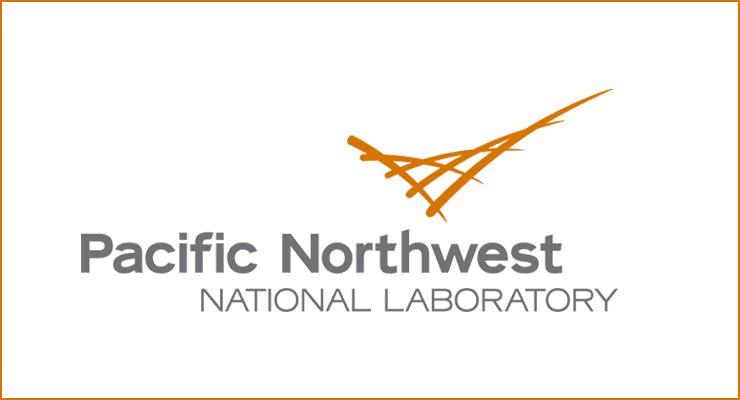The Department of Energy’s Pacific Northwest National Laboratory (PNNL) and Oregon Health & Science University are joining forces to answer some of the world’s most complex biomedical questions.
Through a memorandum of understanding, the institutions have formed the OHSU-PNNL Northwest Co-Laboratory for Integrated ‘Omics, sharing their research programs and leading-edge technology for biological mass spectrometry in pursuit of disease markers for new therapies.
“The goal of this alliance is to pursue new lines of scientific inquiry not possible before at our institutions and bring that knowledge to bear on human health,” said Mary Stenzel-Poore, senior associate dean for research in the OHSU School of Medicine. “The OHSU-PNNL Northwest Co-Laboratory for Integrated ‘Omics is an exciting example of how OHSU is working with new partners to mutually expand our scientific capabilities in emerging technologies.”
The co-laboratory, which expands on existing individual collaborations, will provide enhanced access to state-of-the-art mass spectrometry instrumentation and technical expertise between the two organizations. Later this year, the co-laboratory will begin work on several experiments related to developmental origins of health and disease, and stroke.
“The co-laboratory is a natural extension of longtime collaborative relationships,” said Karin Rodland, laboratory fellow at PNNL and affiliate professor of cell, developmental and cancer biology in the OHSU School of Medicine. “By formally leveraging OHSU’s nationally prominent biomedical research environment, with features such as the Oregon National Primate Research Center and a robust translational and clinical research enterprise, PNNL maximizes its technical capabilities and opens avenues to make important contributions in biological science that will benefit the nation.”
The field of Integrated ‘Omics explores how genes, proteins and various metabolic products interact in health and disease. The term arises from research that explores biological components to understand how organisms work, such as genomics for genes, proteomics for proteins, and so on. Historically, OHSU has been strong in genomics and this agreement will add proteomics to the mix.
“The use of advanced proteomics is becoming an important approach for scientists,” said Richard Smith, director of proteomics research at PNNL and affiliate professor of molecular microbiology and immunology in the OHSU School of Medicine. “Mass spectrometry promises to transform how we approach all ‘omics analyses and increase our capability in predictive modeling.”
During the co-laboratory’s one-year pilot phase, a small number of PNNL researchers will work with faculty in the OHSU Proteomics Shared Resource on projects that require the use of PNNL’s targeted mass spectrometry. A PNNL scientist embedded in the OHSU Proteomics Shared Resource will assist OHSU investigators in sample preparation, project management, and data analysis and interpretation in order to provide greater sensitivity and throughput.
“This is a win-win because it promises to elevate proteomics research at OHSU and give scientists powerful tools and expertise to pursue compelling projects,” said Larry David, director of OHSU’s Proteomics Shared Resource and professor of biochemistry and molecular biology, and ophthalmology in the OHSU School of Medicine.
Over time, OHSU and PNNL hope to create a state-of-the-art mass spectrometry facility on the OHSU campus equipped with the most capable commercial instrumentation designed for targeted mass spectrometry and the latest in PNNL technology.



